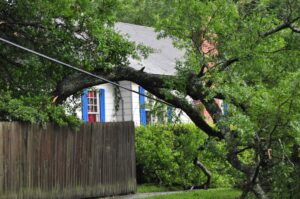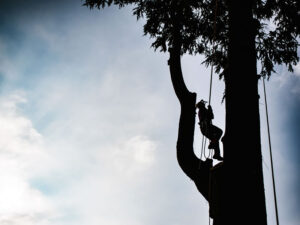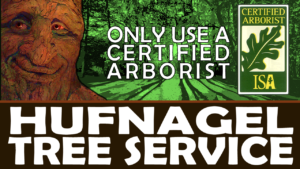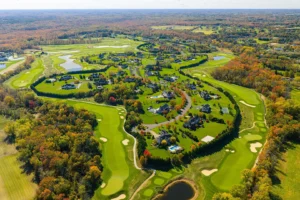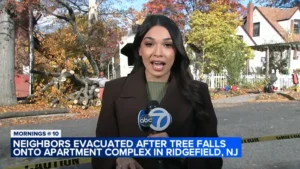In This Article ...
Middletown’s Soil and Mature Tree Roots
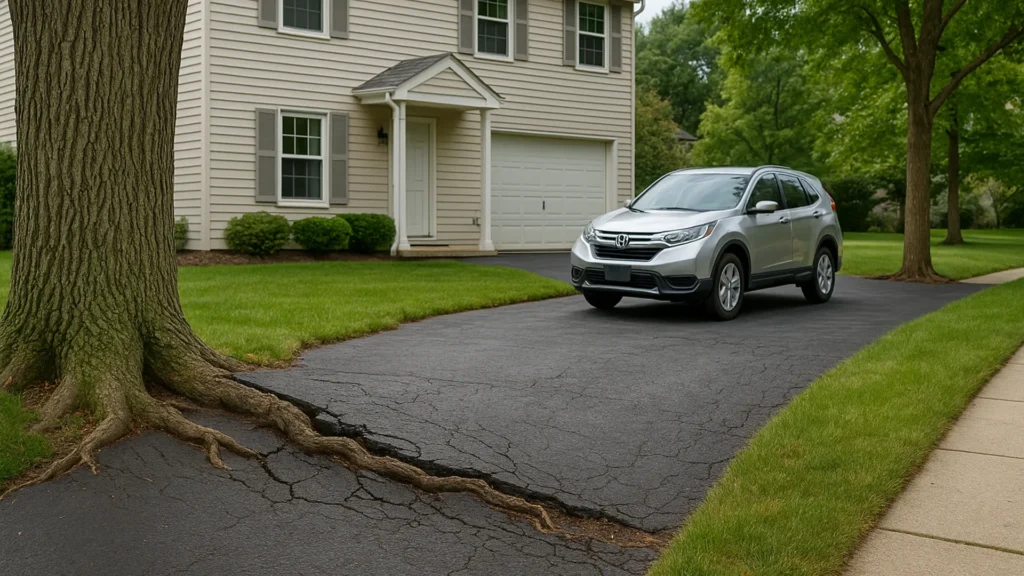
Middletown Township is known for its long-established neighborhoods, deep-rooted oaks, and rich green canopies that give the town its character. Areas like Lincroft, River Plaza, Chapel Hill, and Oak Hill have a natural mix of clay and loam soil that tends to compact over time. While this helps hold moisture, it also limits airflow underground — forcing tree roots to creep closer to the surface in search of oxygen and nutrients.
We often see exposed roots beneath driveways, around sidewalks, or near the base of older maples and oaks. These surface roots aren’t just cosmetic issues. They’re part of the tree’s support system, spreading wide to stabilize large canopies that face coastal winds blowing in from Sandy Hook Bay. When roots are restricted or damaged, trees lose balance and become more vulnerable to storm stress.
In Middletown’s older sections, especially near homes built before the 1980s, mature trees were often planted too close to houses or hardscapes. Back then, people didn’t always anticipate how far roots would reach. Decades later, homeowners are seeing the result — cracked driveways, uneven sidewalks, and foundation settling around mature trees that have simply outgrown their space.
Understanding the local soil’s density and how roots respond is key. In most cases, roots are reacting to the environment, not attacking it. This awareness helps prevent panic and encourages smarter solutions.
Key points homeowners should know about Middletown’s tree roots:
Clay soil restricts oxygen, pushing roots toward the surface.
Older neighborhoods often have mature root systems near foundations.
Coastal winds increase the need for strong lateral root spread.
Compaction from driveways or foot traffic reduces root health.
Exposed roots indicate stress or soil imbalance — not necessarily aggression.
If you’re seeing roots lifting your lawn or buckling your patio, a certified arborist can help identify whether the problem is structural, environmental, or simply aesthetic — and recommend the safest course of action before damage worsens.
Why Roots Crack Driveways and Damage Foundations
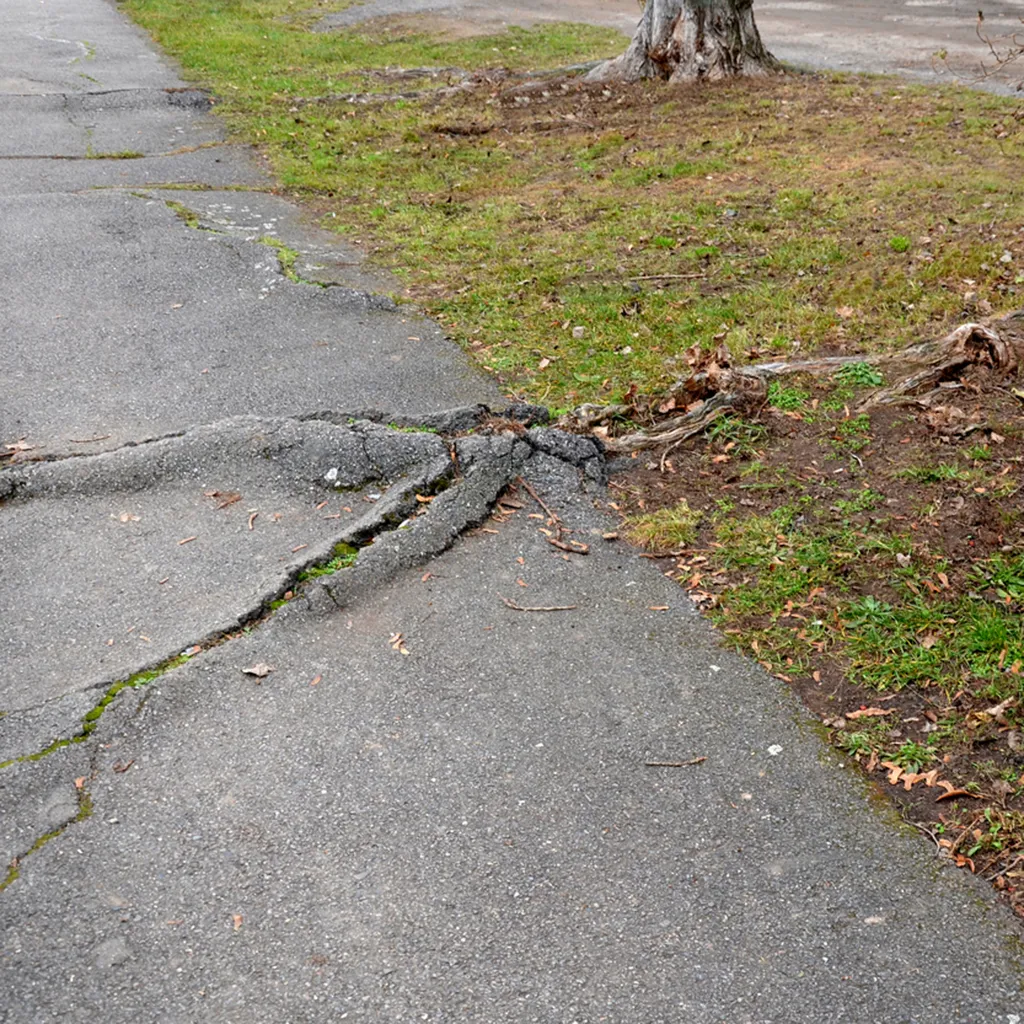
Many Middletown homeowners assume roots “attack” concrete or grow toward foundations looking for water. The truth is more scientific. Roots grow where conditions allow — meaning they follow paths of least resistance such as soft soil seams, gaps under sidewalks, and moist zones near gutters or downspouts.
When roots push against compacted soil trapped beneath hard surfaces, pressure builds upward, cracking pavement or heaving concrete slabs. In neighborhoods like River Plaza or New Monmouth, where old sidewalks meet expansive oaks and maples, this effect is especially common. The issue isn’t aggressive roots — it’s space limitation combined with heavy clay and insufficient root room.
As roots grow thicker, they can disrupt underground drainage, lift asphalt, or cause visible rippling across lawns. These visual cues often appear years before any foundation stress occurs. A professional assessment can determine whether a root system is merely surface-bound or starting to affect load-bearing soil around your foundation.
Another important factor is species. Silver maples, willows, and certain varieties of poplar are notorious for shallow root systems that expand quickly. Pin oaks and Norway maples, both abundant across Middletown, can also stretch aggressively in compacted areas.
In short:
Roots do not “seek out” foundations — they follow moisture and air gaps.
Damage usually occurs when soil is already compacted or restricted.
Certain species are more prone to surface rooting and lifting.
Proper spacing and soil management prevent conflict early on.
A quick consultation can often save homeowners from unnecessary excavation or foundation repair by addressing the real cause: soil pressure, not root aggression.
The Dangers of Cutting or Burying Roots
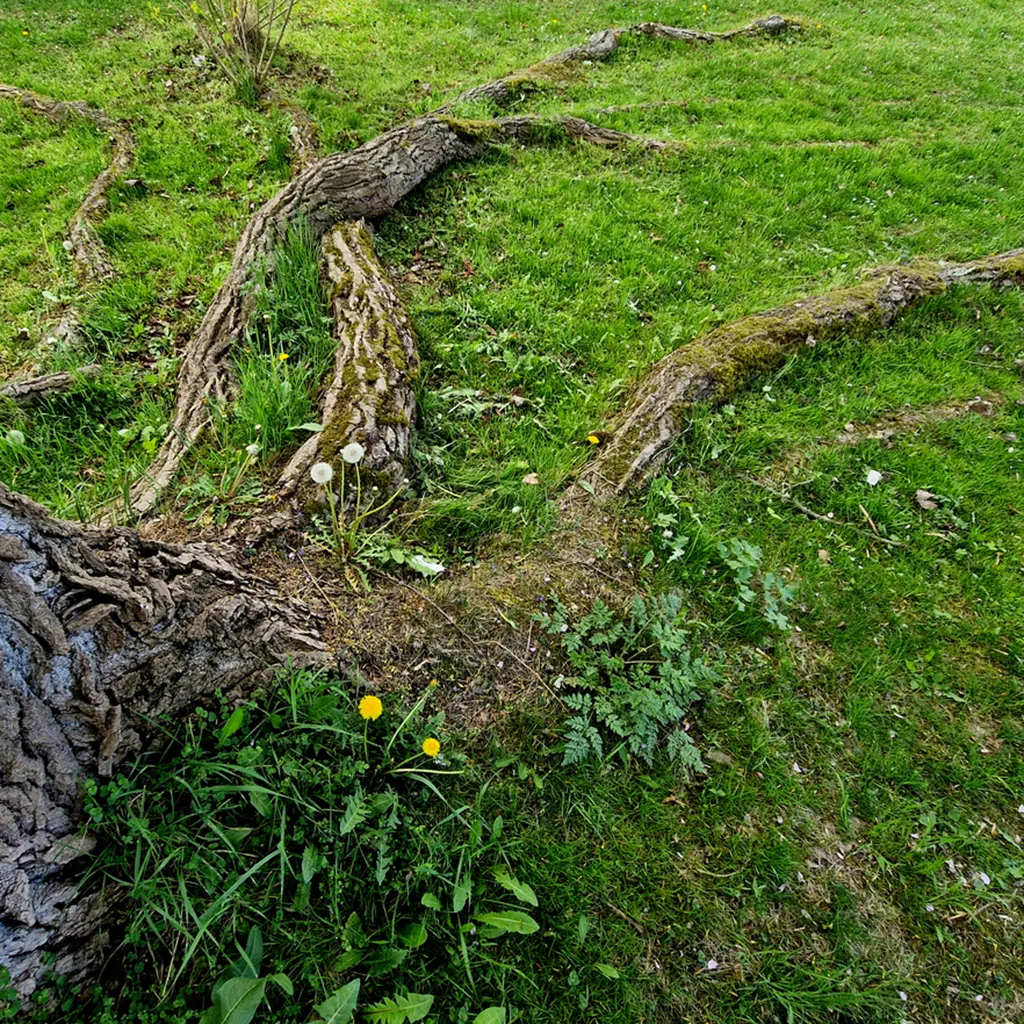
When a driveway cracks or roots begin to surface, the first instinct for many homeowners is to cut or cover them. Unfortunately, both actions can backfire — sometimes fatally for the tree.
Cutting surface roots severs essential structural and nutrient pathways. Even removing one or two large roots can destabilize the tree, leading to leaning or uprooting during storms. Worse, improper cuts create open wounds that invite decay and fungal infection. Covering roots with extra soil or concrete suffocates them, blocking oxygen and triggering decline within months.
We’ve seen cases in Middletown where well-meaning homeowners regraded lawns or installed new walkways, unknowingly burying the root collar — the critical transition zone between trunk and roots. Over time, girdling roots formed beneath the surface, strangling the tree’s own vascular system and causing sudden dieback years later.
Proper root pruning must consider timing, angle, and distance from the trunk. These are not casual landscaping tasks. Arborists use specialized tools to expose, evaluate, and selectively trim roots while preserving stability.
Avoid these common root-handling mistakes:
Cutting thick roots without assessing structural balance.
Piling soil or mulch over the root collar.
Pouring new concrete too close to mature trees.
Ignoring small cracks or raised soil that signal stress.
Attempting DIY excavation without professional guidance.
When handled properly, root correction can extend a tree’s lifespan and prevent property damage. But one wrong cut can lead to irreversible decline.
Request Tree Service By Email
From precision pruning and safe removals to health assessments and preventative care, Hufnagel Tree Service delivers expert solutions backed by decades of experience. We offer certified insight, fair pricing, and a commitment to doing what’s best for your landscape.
Professional Root Zone Management
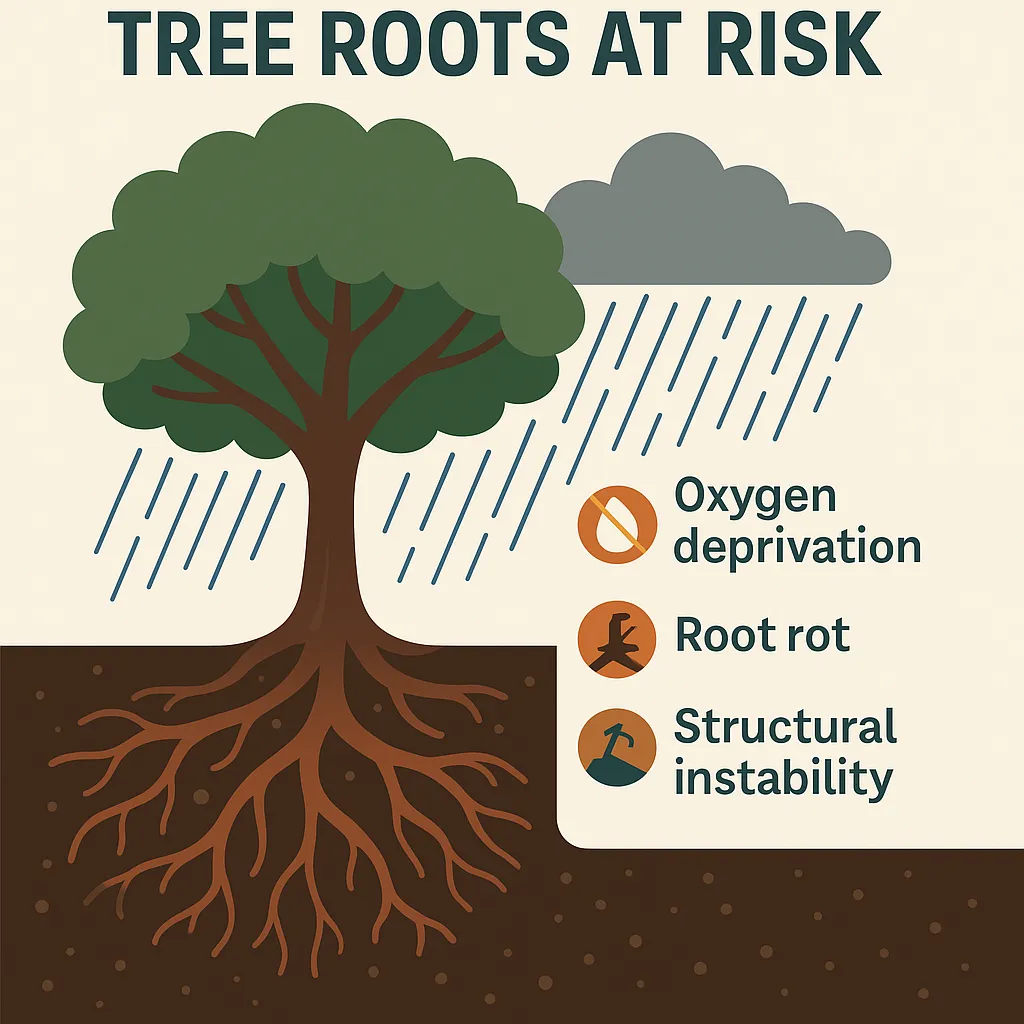
Certified arborists approach root problems with a scientific and safety-focused mindset. The goal isn’t just to fix the visible issue — it’s to restore balance between soil, roots, and structure. In Middletown, where many properties combine compacted driveways with heavy clay, the process often starts with a non-invasive root zone inspection.
We use air-spade tools to gently remove soil without damaging roots. This allows us to inspect the root collar, identify girdling roots, and evaluate decay. If necessary, we perform selective root pruning to relieve pressure points or redirect growth safely away from foundations.
Another common service is vertical mulching or decompaction, where small holes are drilled around the tree’s drip line and filled with compost or biochar to reintroduce air and nutrients into the root zone. Over time, this improves soil structure and allows deeper root growth, reducing surface lifting.
In more advanced cases, root barriers can be installed to protect new walkways or hardscapes from future conflict. These barriers guide roots downward rather than outward, giving homeowners lasting peace of mind.
Professional root management services may include:
Air-spade root collar excavation
Selective root pruning for stability and clearance
Vertical mulching and soil decompaction
Root barrier installation along hardscape edges
Long-term monitoring and care planning
By addressing both the cause and the symptom, certified arborists can protect the beauty of Middletown’s mature tree canopy while preventing costly property repairs.
Long-Term Tree Health and Property Protection
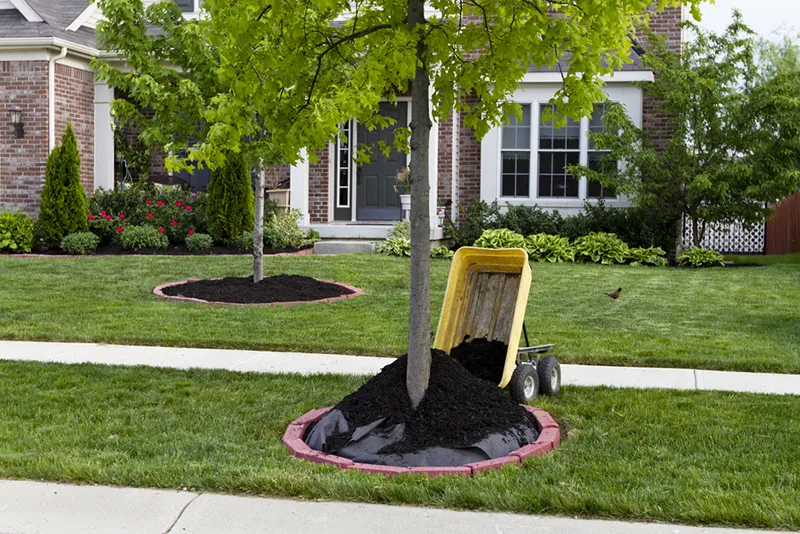
Preventing root and foundation conflicts starts with proactive care. Annual inspections, soil testing, and smart planting decisions make a huge difference. In Middletown’s climate, where wet springs and dry late summers alternate, deep watering encourages roots to grow downward instead of spreading along the surface.
Mulch correctly — two to three inches thick, pulled back from the trunk, and never piled high like a volcano. Maintain a mulch ring out to the drip line to shield roots from mower damage and soil compaction. Avoid driving or parking heavy equipment near tree bases, especially on older lots with shallow root zones.
If you’re planning a renovation, consult an arborist before digging footings, pouring new concrete, or grading near existing trees. We can mark the critical root zone to prevent accidental injury that might not show symptoms until years later.
Smart habits that protect your trees and property:
Schedule root inspections every few years.
Water deeply and infrequently to promote vertical root growth.
Use mulch properly — thin layer, never against the trunk.
Avoid compaction from cars, mowers, or construction.
Consult a certified arborist before major landscaping work.
Taking these small steps protects both your home and the mature trees that define Middletown’s charm. Healthy roots mean stable trees — and stable trees mean safer properties, better shade, and higher curb appeal.
Safeguard Your Property with Expert Root Care
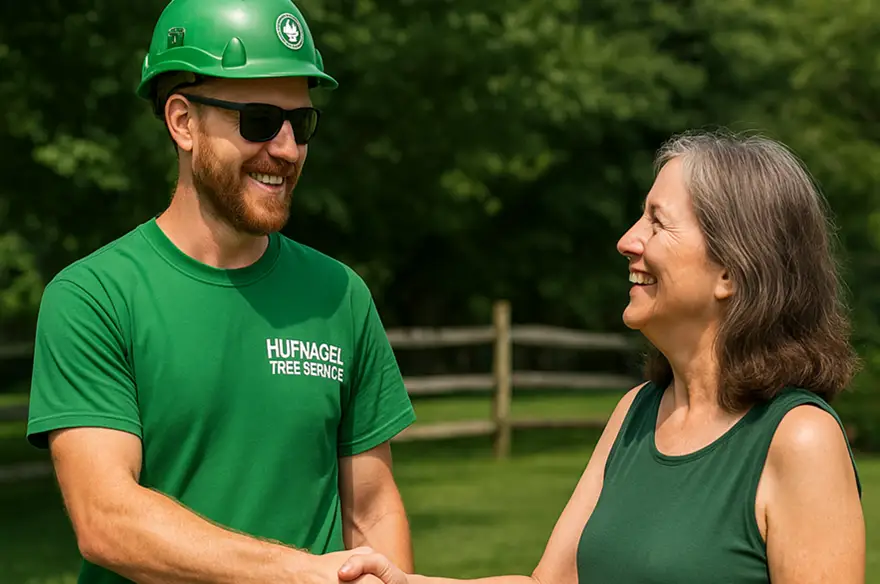
Tree roots are living systems that respond to their environment. In Middletown Township, where soil, moisture, and development patterns interact so closely, understanding that relationship is the key to protecting both trees and structures. If you’re noticing roots near your foundation, cracks in hardscapes, or exposed root systems around mature trees, it’s time for a professional assessment.
Our certified arborists have decades of experience managing tree root issues across Monmouth County. We combine safety, science, and precision to protect your property and preserve your landscape for years to come. Call Hufnagel Tree Service today at 732-291-4444 to schedule a consultation and get to the root of the problem before it grows worse.
Learn More About Our Services
Related Articles
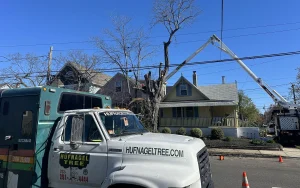
#1 Rated Tree Service in Middletown: Your Hometown Experts
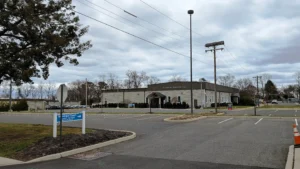
Oceanport Tree Experts: For Safe, Healthy & Beautiful Trees


